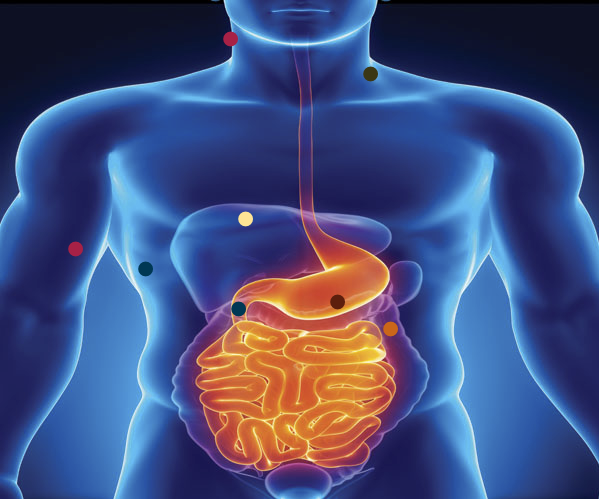The biennial Childhood Obesity Conference is taking place in Long Beach June 18-20. Book-ended by two world-class keynote speakers — Michael Moss, the Pulitzer Prize-winning New York Times reporter and author of Salt Sugar Fat: How the Food Giants Hooked Us, and Marion Nestle, a New York University professor of food studies and public health, and author of Food Politics and What to Eat — the event promises a no-holds-barred, systemic look at the problems of obesity in all their complexity.
Public outreach on the part of dynamic writers and activists like Moss and Nestle is critical and gets much-needed information, messages, and questions out in the world. But the hard science, where many of the breakthroughs will take place that will advance understanding and treatments, is hidden in laboratories across UC, where faculty and their graduate students and post-doctoral researchers toil away in obscurity.
One such discovery broke out of the lab and into the news just in time for this past holiday season, when UC Berkeley molecular toxicology professor Hei Sook Sol published a paper unlocking the molecular mechanisms of how our bodies convert dietary carbohydrates into fat. The finding has the potential to be an early step in development of treatment for fatty liver and other obesity-related diseases.
For sneak peak at where the next breakthrough might come from, browse the research currently taking place at in the Department of Nutritional Sciences and Toxicology at UC Berkeley.
